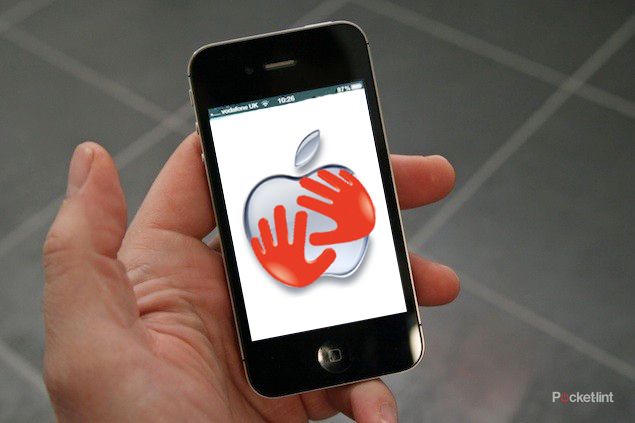TomTom has confirmed, via a posting on its corporate website, that it has entered into a licensing agreement with Apple for "maps and other information", following Apple's announcement of an entirely new version of Apple Maps at WWDC in San Francisco yesterday.
Included in the new Apple Maps will be things such as turn-by-turn navigation, 3D city flyover mode and traffic information, setting this new service against the likes of Google Maps Navigation on Android devices and TomTom's own iPhone app.
Aside from the announcement of a licensing agreement, TomTom states explicitly that "no further details of the agreement will be provided", so we don't know exactly what this "other information" is.
However, we spent a good portion of last week with TomTom, learning how the company builds its maps, which may give us something of an insight into this new announcement. There are some important points to consider about TomTom's business and we shouldn't be surprised about its involvement with Apple.
The first thing to note is that TomTom is a software company. It isn't about the black boxes (PNDs) stuck to your windscreen, it's all about the content of those devices - the maps and the services - all of which are software driven.
In 2008 TomTom bought the mapping service Tele Atlas. Tele Atlas was the supplier of digital maps to a number of different mapping clients, including Google for Google Maps, before the launch of free Google Maps Navigation on Android.
Now in the hands of TomTom, it's no surprise that Apple would want to license access to a digital base map, rather than set about mapping the globe itself.
Supplying maps and other data is a large part of TomTom's business. Just look at TomTom's licensing partner page and you'll see the range of companies that it works with in some form: Nokia, Google, Garmin, HTC, Mio, RIM, and many others, all offering their own mapping products.
Apple says in its press release about the new Apple Maps that it uses "Apple-designed cartography". This means Apple Maps will look like an Apple product, rather than being a carbon copy of TomTom for iPhone. So like other mapping products, it has taken core information from TomTom and created its own solution.
We don't know what "other information" covers, but outside of base maps, it could be anything within the information that TomTom layers into its maps: 3D buildings, traffic, lane guidance, traffic flow patterns, or something as simple as road names and building numbers. As traffic is a feature, perhaps it has access to some of TomTom's huge data collation operation?
Some have questioned why Apple didn't simply buy TomTom, when it had plenty of cash. A rich man doesn't buy a bakery because he likes bread; Apple probably doesn't want to run a successful company that does a lot more than just supply maps. And why pay more, when all you wanted was a starting point?
Does Apple Maps sound the death knell for TomTom? Probably not, although it might mean less people want to buy TomTom for iPhone. TomTom will surely have factored any negatives into the positives of its licensing agreement: this is how business works.
Until we see the performance of Apple Maps, we can't judge how well its services will compare to TomTom, or Google, when it comes to turn-by-turn navigation or traffic. This is TomTom's core business, but for Apple, it's a single feature and we'd speculate that TomTom will still offer a better driving navigation product.
The final word is that it's no surprise to see TomTom's name (or those of other suppliers) appear in a mapping product on an Apple device. This isn't unusual and is more likely a good reflection of TomTom's success in building good-quality mapping.
Want to know how TomTom maps are made? Read all about it here.

